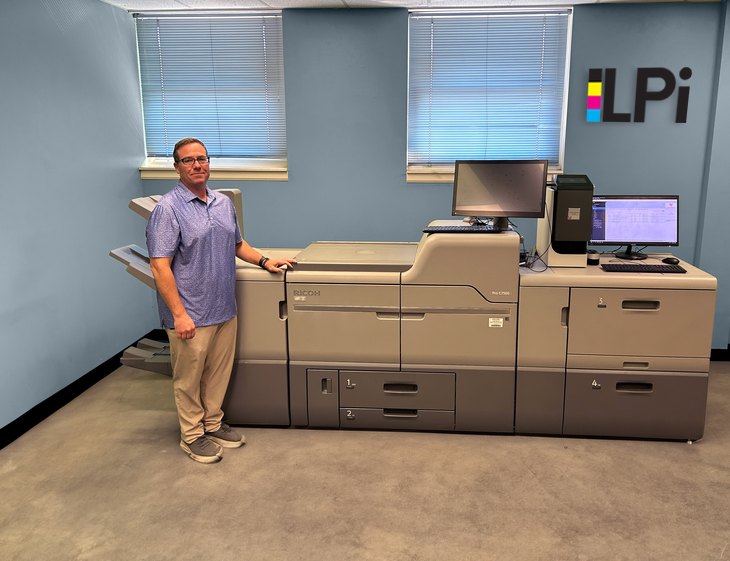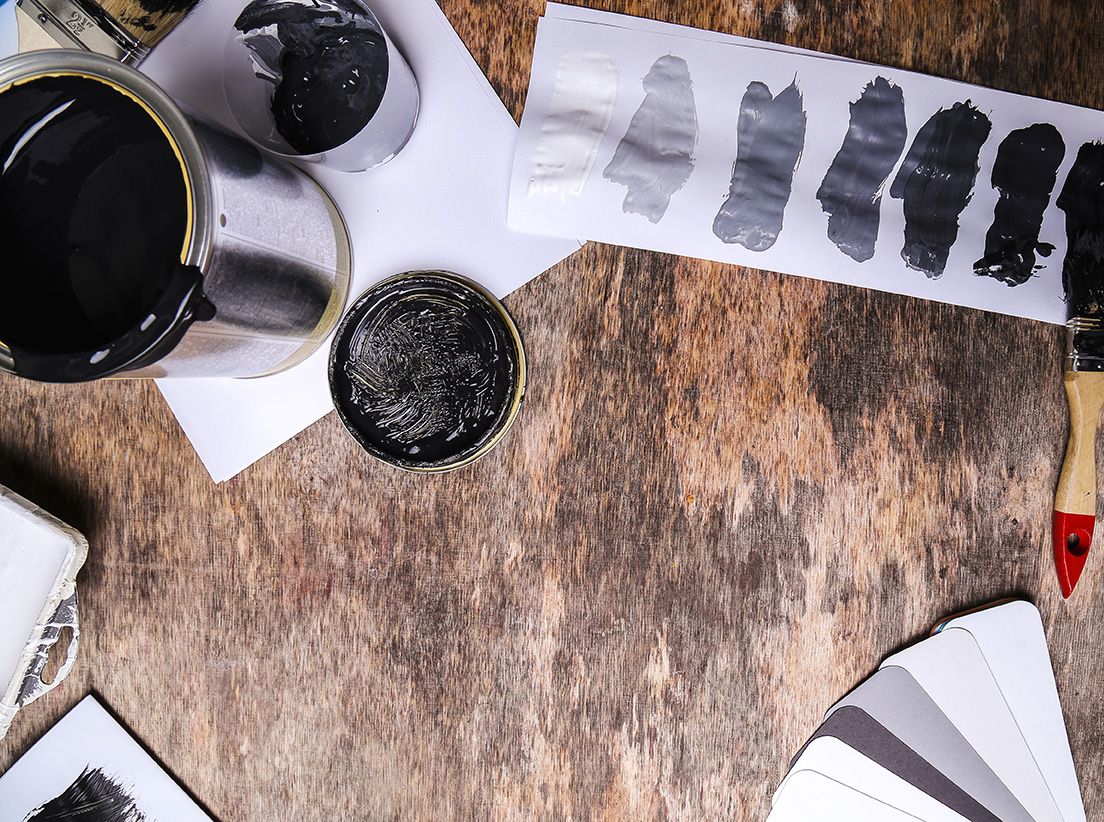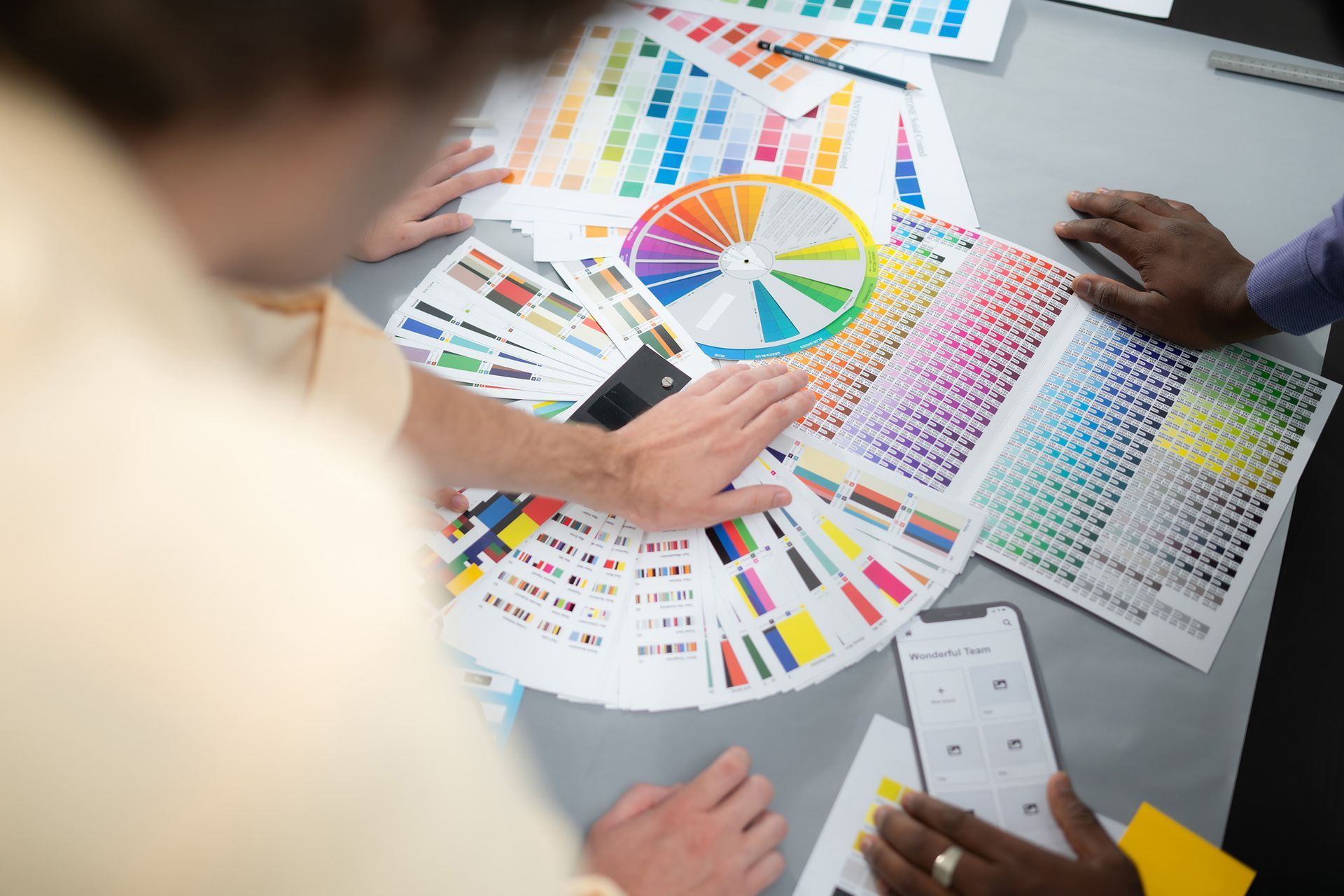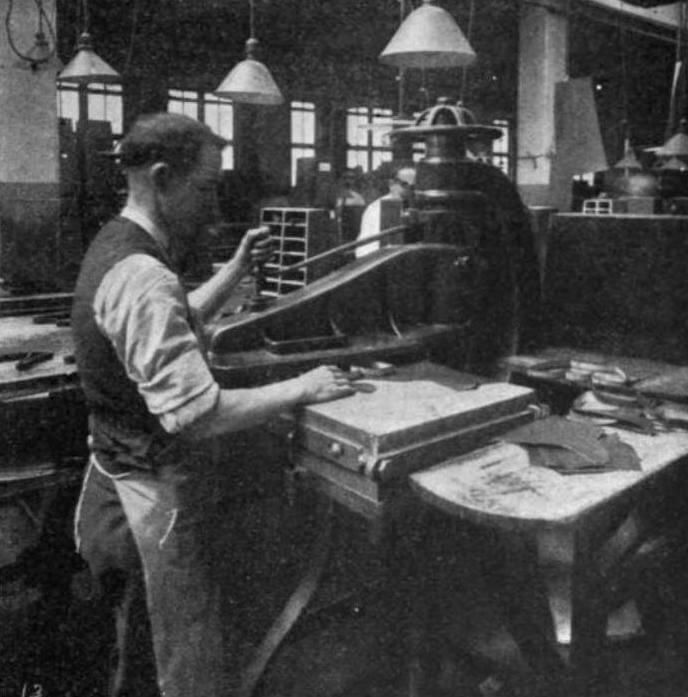Enhancing Promotional Products with Specialty Lamination Films
Promotional Products with Specialty Lamination Films

Laminated Promotional Products
According to IBISWorld, from 2019-2024, the promotional products industry was estimated to be a $17.8 billion industry. Promotional product manufacturers design and distribute promotional products for various sectors and industries. A few organizations exist to help connect product manufacturers with promotional product distributors, assisting companies in finding the right product mix for their marketing goals. The two most common organizations are the Advertising Specialty Institute (ASI) and the Promotional Products Association International (PPAI).
What Are Promotional Products
Promotional products are usually considered to be writing instruments, apparel, drinkware, bags, and some tech items such as USB drives and power banks. These are often referred to as swag gifts. Many other products can be utilized to target a company's ideal market, effectively communicating the marketing message intended for their specific campaign. There are in-store programs that may demand a point-of-sale promotion like a window cling, a floor graphic, product fliers, or even a counter mat at the service counters or registers. In the case of individual events organized by companies (benefit concerts, corporate-sponsored events, etc.), there are also products available to remember the occasion (VIP badges, programs, etc.). Several of these products can make a long-lasting impression on the intended target market, and if produced with proper laminated protection, can continue communicating the company’s brand for years.
What Is Lamination
Print lamination is a finishing process where a thin layer of plastic film is applied to printed materials. This layer provides an array of benefits by enhancing the durability, appearance, and even the feel of the printed product. The process involves applying a protective plastic film to a printed piece using heat or adhesive and pressure. The process can be done using various techniques, but the most common are thermal (heat-activated) lamination and pressure-sensitive (cold) lamination.
Popular Film Types Used for Promotional Products
Glossy Lamination Film:
A glossy lamination film is a thin, transparent layer of plastic that is applied to printed materials to enhance their durability, appearance, and longevity. The glossy finish gives the material a shiny, reflective surface that makes colors appear more vibrant, thereby enhancing the overall visual appeal. This type of lamination is commonly used in a variety of promotional products to create a professional and high-quality look. Items such as business cards, brochures, menus, posters, book covers, magnets, counter mats, and packaging materials often utilize glossy lamination film. Additionally, it is frequently used for banners, signage, and presentation folders to provide a polished and upscale appearance, helping to attract and retain the attention of potential customers. Glossy laminating films are available in a variety of thicknesses, ranging from a 1.2mil thickness for one-sided laminating up to a 10mil thickness for double-sided laminating. This allows for a variety of durability options depending on the product requirements.
Scuff-Resistant Matte Lamination Film:
A scuff-resistant matte lamination film is a protective layer applied to printed materials to enhance their durability and aesthetic appeal. This film offers a smooth, non-glossy finish that reduces glare while providing a high level of resistance to scratches and scuffs. Its durable nature makes it ideal for protecting items that undergo frequent handling or exposure to harsh environments. Promotional products that often use scuff-resistant matte lamination include counter mats, business cards, brochures, book covers, menus, packaging, and high-end presentation folders. This type of lamination not only extends the lifespan of these products but also maintains their pristine appearance, ensuring that the brand’s message is conveyed with a touch of sophistication.
Soft Touch Matte Lamination Film:
Soft touch matte lamination film is a type of finishing material used in printing and packaging that provides a luxurious, velvety feel to the surface of printed items. This film not only enhances the tactile experience but also improves the durability and appearance of the product by adding a layer of protection against scratches, moisture, and other forms of wear. Soft touch lamination is commonly used in promotional products such as business cards, brochures, packaging boxes, book covers, and marketing materials. It adds a sophisticated, high-end look that can elevate the perceived value of a brand or product, making it an ideal choice for companies looking to make a lasting impression.
Dry Erase Lamination Film:
A dry erase lamination film is a transparent, durable coating applied to surfaces to create a reusable writing surface that can be easily erased without leaving residue. This film transforms ordinary items into practical tools for note-taking, brainstorming, and message sharing. It is commonly used on promotional products such as calendars, planners, and memo boards, allowing users to jot down and update information frequently. Additionally, it can be found on magnetic fridge boards, wall charts, and desk pads, making it a popular choice for businesses looking to offer functional and interactive branded items.
Rigid Vinyl Lamination Film:
Rigid vinyl lamination film is a calendared vinyl film with a slight texture designed for use as a protective overlay. Rigid vinyl is commonly used as a protective and decorative overlaminate to produce mouse pads, counter mats, decals, and display graphics.















